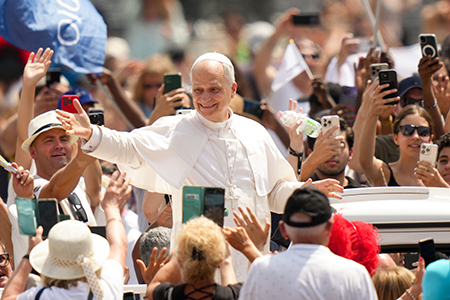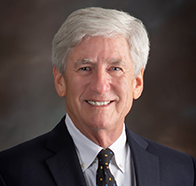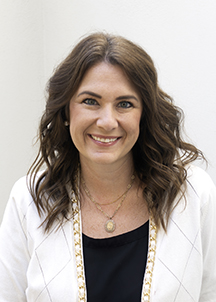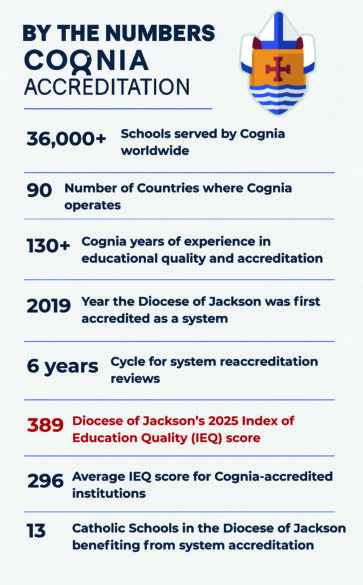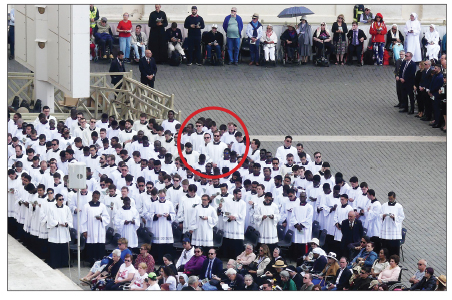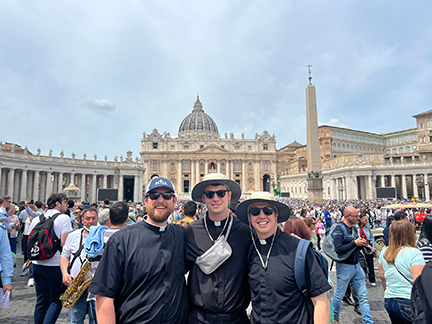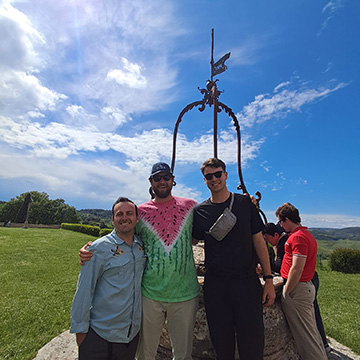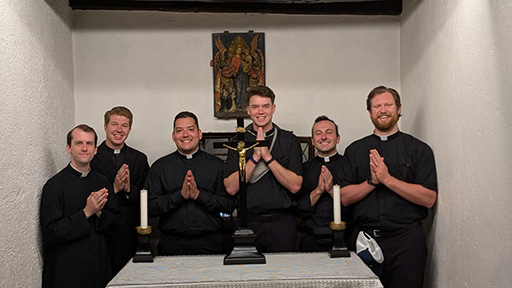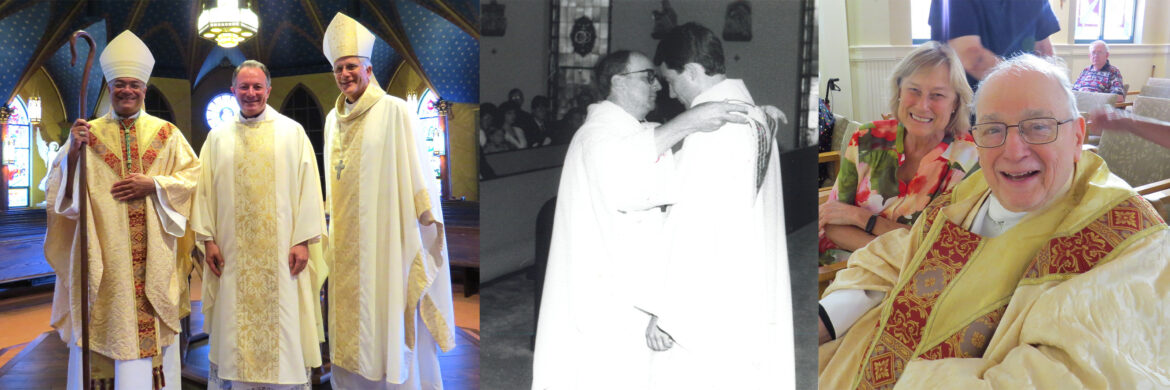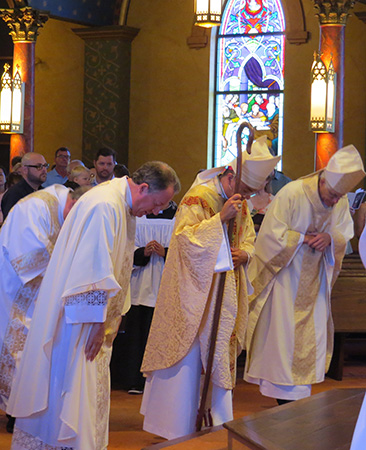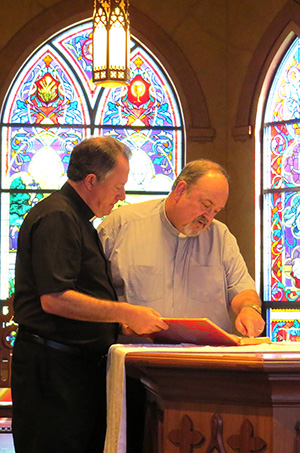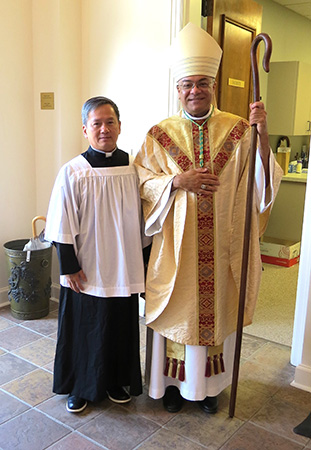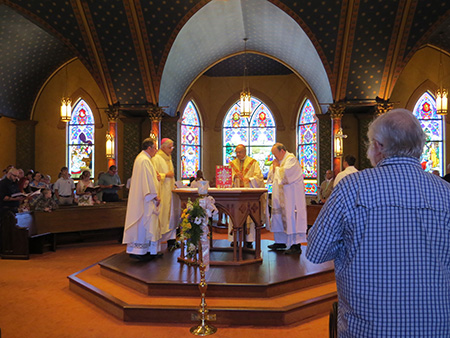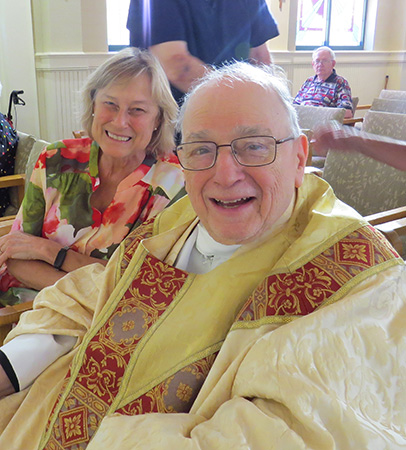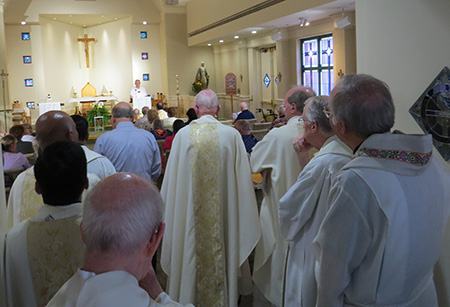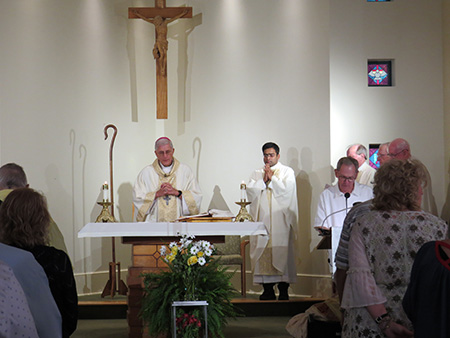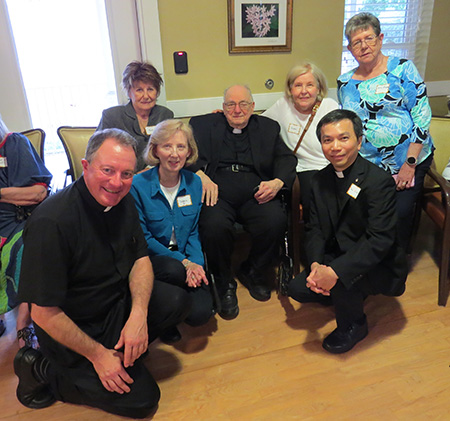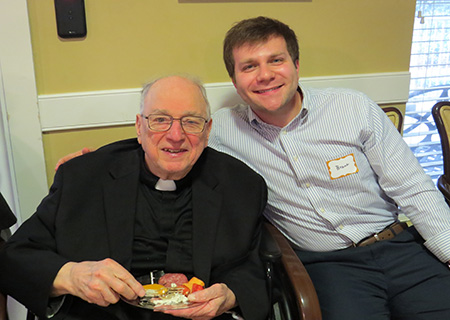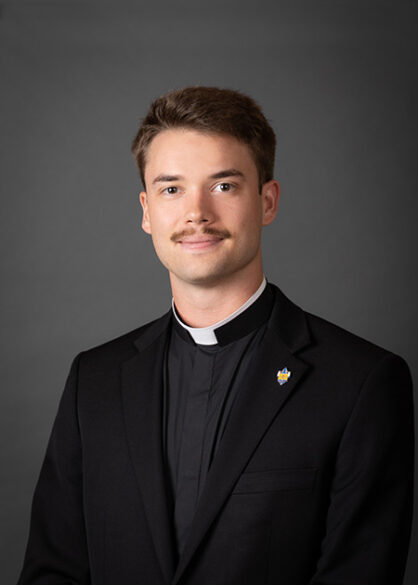Por Kate Scanlon
WASHINGTON (OSV News) – El Servicio de Ciudadanía e Inmigración de EE.UU. habría cerrado una vía para la ciudadanía a los inmigrantes que solicitan la residencia permanente (“tarjeta verde” o “green card”) a través de un cónyuge u otros familiares, lo que aumenta la posibilidad de deportarlos y separar a sus familias.
NBC News informó de que las nuevas directrices publicadas por el Servicio de Ciudadanía e Inmigración de EE.UU. (USCIS por sus siglas en inglés) introdujeron un cambio en su manual de políticas que establece que las autoridades federales de inmigración pueden iniciar procedimientos de expulsión para aquellos que buscan un estatus legal a través de un cónyuge u otro familiar.
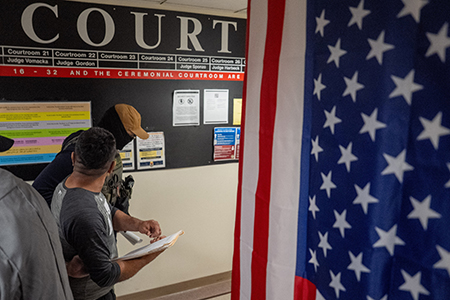
“Los solicitantes y los extranjeros beneficiarios deben ser conscientes de que una petición basada en la familia no otorga estatus migratorio ni impide la expulsión”, dice la guía.
En un memorando del 1 de agosto sobre el cambio de política, USCIS dijo: “Las peticiones de visa de inmigrantes basadas en la familia fraudulentas, frívolas o no meritorias erosionan la confianza en las vías basadas en la familia para obtener el estatus de residente legal permanente y socavan el sistema de inmigración en los Estados Unidos”.
“USCIS debe garantizar que los matrimonios y las relaciones familiares que reúnan los requisitos sean genuinos, verificables y conformes con todas las leyes aplicables”, dice el memorando.
Dylan Corbett, director ejecutivo de Hope Border Institute, un grupo que trabaja para aplicar la perspectiva de la doctrina social católica en la política y la práctica en la región fronteriza entre Estados Unidos y México, dijo a OSV News: “La administración sigue insistiendo en que simplemente están atacando a los criminales en las operaciones de aplicación de la ley de inmigración, pero eso no es lo que está sucediendo”.
“Están desplegando agentes de ICE para arrestar a las personas que se presentan a sus audiencias de inmigración”, dijo Corbett. “Están quitando el estatus legal a la gente y convirtiéndolos en indocumentados al revocarles el ‘parole’ humanitario y el TPS. Y ahora amenazan con ir tras los que intentan conseguir la residencia legal”.
En las redes sociales, USCIS argumentó que estaba “consolidando y aclarando ciertos requisitos para la inmigración basada en la familia” para “aumentar la integridad y seguridad de nuestros procesos de inmigración.”
Pero Corbett argumentó: “En lugar de tratar de acumular números con una campaña de deportación masiva indiscriminada, deberíamos centrarnos en ofrecer vías legales a los inmigrantes que están desesperados por hacer las cosas de la manera correcta.”
“Eso es algo en lo que todo el mundo puede estar de acuerdo”, dijo.
(Kate Scanlon es una reportera nacional de OSV News que cubre Washington. Síguela en X @kgscanlon.)

